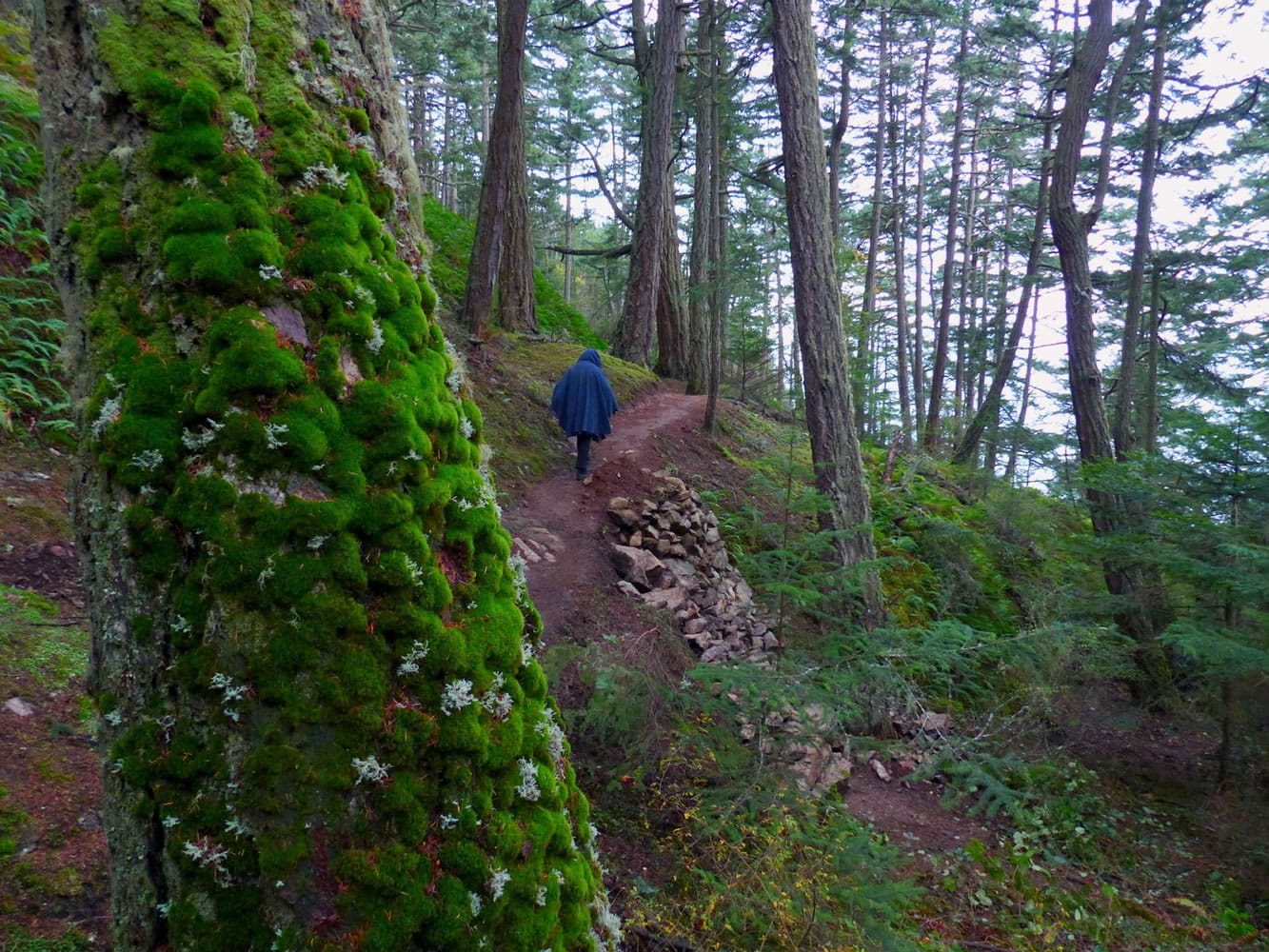FIDALGO ISLAND — It was blowing like stink, as old salts say. Perfect stormwatching weather, on a late-November day.
I was near Deception Pass State Park, so aimed the car toward Rosario Beach. I was hoping for a close-up look at whitecapped rollers that were barreling in off the Strait of Juan de Fuca like a 100-car freight train bound for somewhere east of Sedro-Woolley.
But, ack, the beach entry was gated. Little did I know, that part of the park is closed in these colder months.
Serendipity possessed me to keep driving north on Rosario Road. Otherwise I’d never have discovered Sharpe Park, what Brian Adams, director of Skagit County Parks, calls a hidden gem: more than 110 acres of pristine second-growth forest and Fidalgo Island’s largest undeveloped shoreline, with wetlands and rocky balds threaded by a network of trails leading to soul-soothing views of the Olympics and the San Juan Islands.



